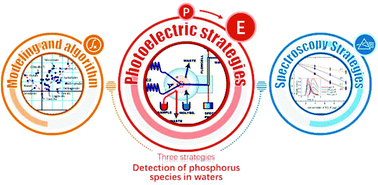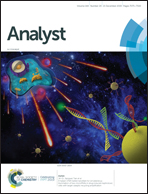Detection of phosphorus species in water: technology and strategies
Abstract
Phosphorus species are the sum of naturally evolved phosphorus elements with diverse forms of existence and unique properties. The detection and analysis of the optical properties of unknown phosphorus species via direct or indirect strategies offers unique advantages in understanding the growth processes and existence characteristics of various chemicals and microorganisms in water environments. This review highlights recent advances and future trends in methods of detection of total phosphorus in water, including photoelectric strategies, spectroscopy techniques, and modeling algorithms. These methods effectively explore the dynamic changes of total phosphorus content in complex water environments to reveal important signals in water, which is of great guiding significance for achieving accurate detection of water quality and promoting social development. We also discuss some extended strategies for its measurement and prediction via rational design and cross-combination, which may help inspire future design of more accurate and intelligent detection models or systems. The strategies based on these types of total phosphorus detection methods provide a versatile platform for novel sensors and thereby show great potential in the development of future water quality detection applications.



 Please wait while we load your content...
Please wait while we load your content...